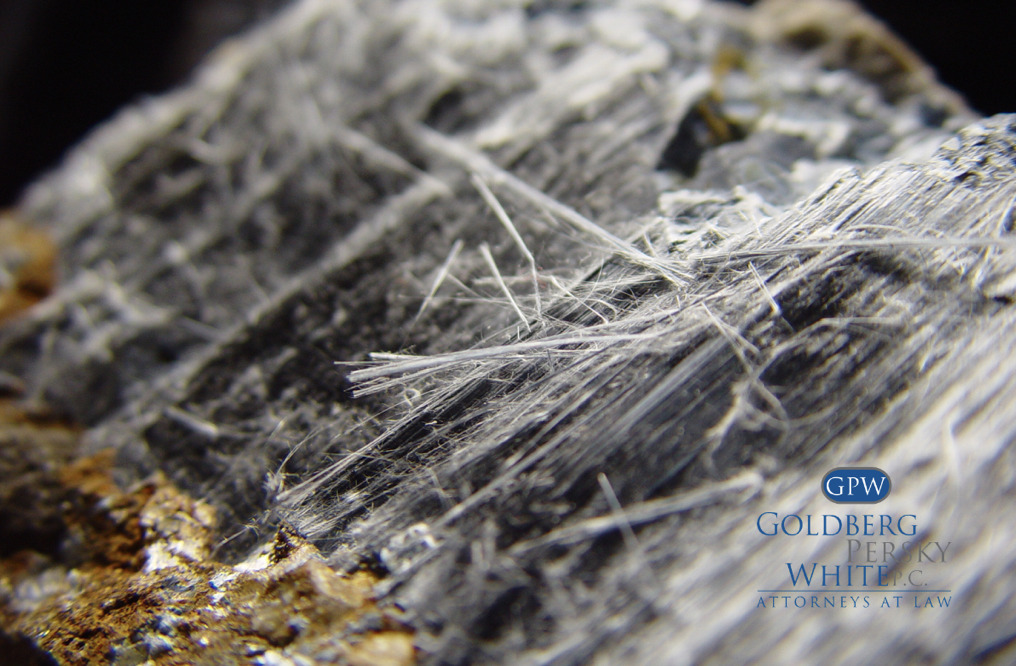The Lone Industry Using Asbestos Today
Close to 20 years ago asbestos was primarily used in roofing products (62% of the market), but even then, domestic consumption had dramatically decreased as most manufacturers began using asbestos substitutes and replaced asbestos-containing products. The last asbestos mine closed in 2002 and industries like the chlor-alkali industry were completely dependent on outside imports to meet their requirements.
Asbestos consumption in the United States has been decreasing slowly and steadily with each passing year and has been since late 1980s/early 1990s. According to data from the 2015 Minerals Yearbook, 343 tons (t) of unmanufactured asbestos was consumed in the United States in 2015; down 16% from 2014 when 406t was imported.
The chlor-alkali industry is responsible for the majority of asbestos consumption in the United States, accounting for 95% of its use, and is one of the reasons why asbestos is still legal in the United States today.
Chlor-alkali Industry
The chlor-alkali industry, which dates back to the 1800s, is for producing chlorine and sodium hydroxide, or caustic soda. Asbestos is used to make diaphragms which separate chlorine, caustic soda, and hydrogen. The industry explains that their process involves wetting down the asbestos, therefore reducing risk of airborne fibers. However, since the raw asbestos must be mined, shipped, and stored, there is still a risk of exposure.
There are alternative diaphragms that use polytetrafluoroethylene fibers, but in 2008, the ACC’s Chlorine Chemistry Division said that this process does not work as well, and recommends continuing to use asbestos.
Widespread asbestos use began in the mid-20th century, with production and use in steel mills, chemical plants, paper mills, power plants, electrical plants, and shipyards. Pulmonary issues from asbestos exposure can actually be traced back centuries, but companies argued there was not enough scientific evidence and medical proof to linking asbestos to illnesses like lung cancer and mesothelioma. By the 1960s and 1970s as more and more workers came forward claiming their illnesses were caused by asbestos exposure, the evidence became too hard to ignore.
At Goldberg, Persky & White, P.C., we understand that companies were putting profits above workers’ health and have been actively been representing workers injured by asbestos exposure for nearly 40 years. As pioneers in asbestos litigation, many of the documents and depositions used around the country by all asbestos lawyers were first obtained by us and we have a clear understanding of what is required to succeed in asbestos and mesothelioma lawsuits.
Sources:
Elizabeth Grossman, “Dangerous Chemicals, dangerous technology – Industry’s persistent push to protect asbestos,” Science blogs, (September 16, 2016) [Link]



